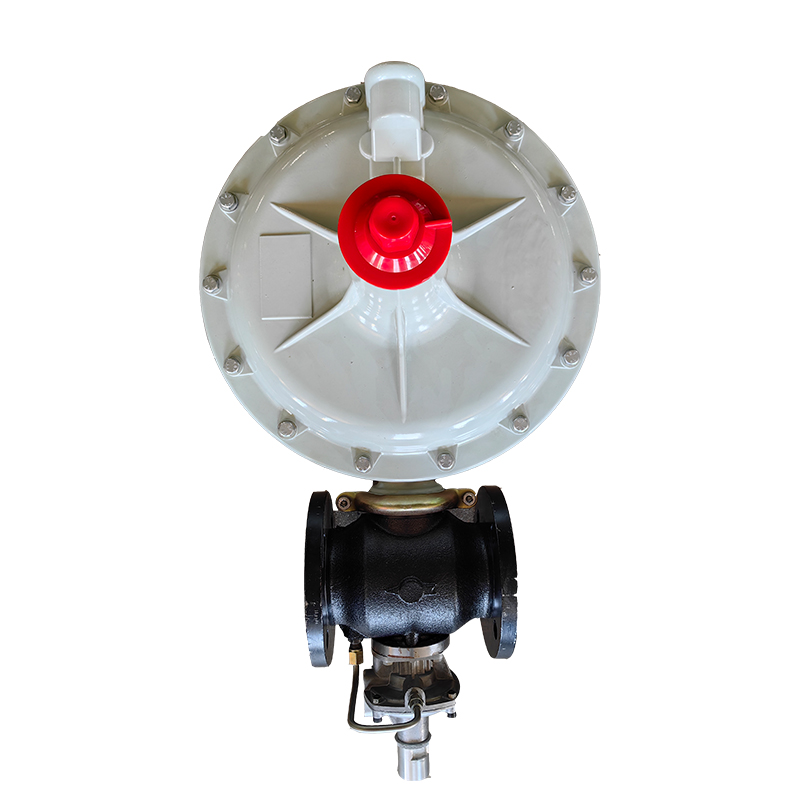
Oct . 31, 2024 05:24
Back to list
high pressure regulators
Understanding High Pressure Regulators Essential Components in Various Industries
High pressure regulators play a crucial role in a variety of industrial applications, from gas distribution systems to manufacturing processes. These devices are designed to control the pressure of gases and fluids, ensuring safe and efficient operation in environments where high pressure is the norm. Understanding their function, types, and importance is essential for anyone involved in industries such as petrochemical, aerospace, or medical technology.
What are High Pressure Regulators?
High pressure regulators are mechanical devices that are used to reduce the high pressure of gases or fluids to a lower, controlled level suitable for downstream applications. They are vital in situations where high-pressure inputs must be converted to a lower pressure that is both stable and safe for further use. These regulators are particularly important in process industries where fluctuations in pressure can lead to safety hazards or operational inefficiencies.
How Do They Work?
The basic principle of a high pressure regulator involves a diaphragm that responds to upstream pressure changes. When the input pressure increases, the diaphragm pushes against a bias spring, which in turn adjusts a valve to control the flow of gas or fluid. This mechanism ensures that the output pressure remains stable despite variations in the supply. Regulators can vary in complexity, from simple mechanical types to more advanced electronic models that allow for precise control of output pressure.
Types of High Pressure Regulators
There are several types of high pressure regulators, each suited for different applications
.high pressure regulators

1. Single-Stage Regulators These are designed to reduce pressure in a single step and are often used in situations where rapid pressure adjustments are not necessary.
2. Two-Stage Regulators These regulators provide a more gradual reduction of pressure and are preferred in applications where a stable output pressure is critical, such as in laboratory settings.
3. Electro-Mechanical Regulators These advanced regulators utilize electronic controls to provide real-time monitoring and adjustments. They offer precision and the ability to program specific pressure settings, making them ideal for high-tech industries.
Importance in Industry
The importance of high pressure regulators cannot be overstated. They are critical for ensuring safety in gas handling, where excessively high pressures can pose risks of explosions or equipment failure. In the medical industry, regulators help maintain the safe delivery of gases like oxygen to patients, preventing potential health risks associated with pressure fluctuations. In the manufacturing sector, they are essential for processes that rely on consistent pressure for optimal performance, such as welding or injection molding.
Moreover, high pressure regulators play a significant role in energy efficiency. By maintaining optimal pressure levels, they help reduce waste and ensure that systems operate within their designed parameters, ultimately leading to cost savings and reduced environmental impact.
Conclusion
High pressure regulators are indispensable components within various industries, guaranteeing the safety, efficiency, and reliability of processes that involve the handling of gases and fluids under pressure. As technology continues to advance, the development of more sophisticated regulators will further enhance their functionality, ensuring that industries can operate safely and efficiently in an ever-evolving landscape. Whether in a laboratory, an industrial facility, or a healthcare setting, understanding and leveraging these regulators is key to success in managing high-pressure systems.
Next:
Latest news
-
Safety Valve Spring-Loaded Design Overpressure ProtectionNewsJul.25,2025
-
Precision Voltage Regulator AC5 Accuracy Grade PerformanceNewsJul.25,2025
-
Natural Gas Pressure Regulating Skid Industrial Pipeline ApplicationsNewsJul.25,2025
-
Natural Gas Filter Stainless Steel Mesh Element DesignNewsJul.25,2025
-
Gas Pressure Regulator Valve Direct-Acting Spring-Loaded DesignNewsJul.25,2025
-
Decompression Equipment Multi-Stage Heat Exchange System DesignNewsJul.25,2025

